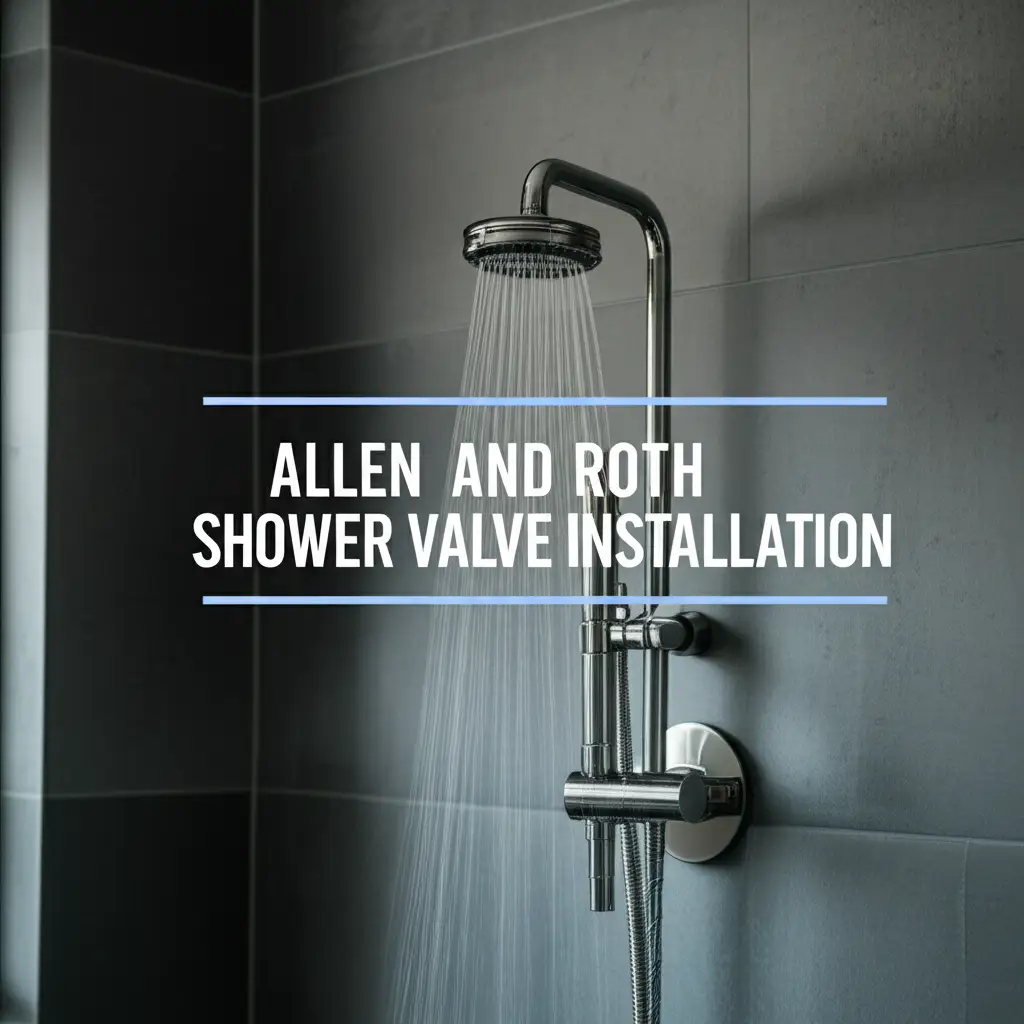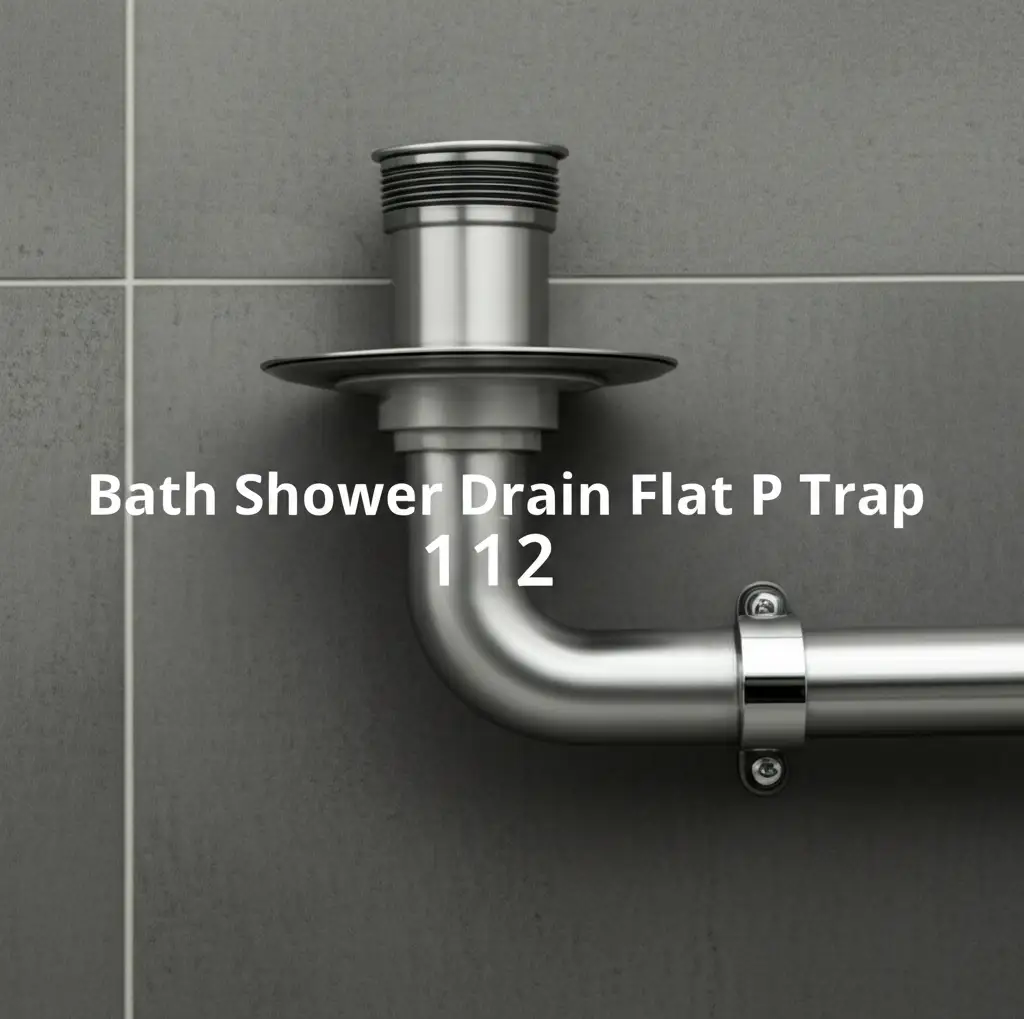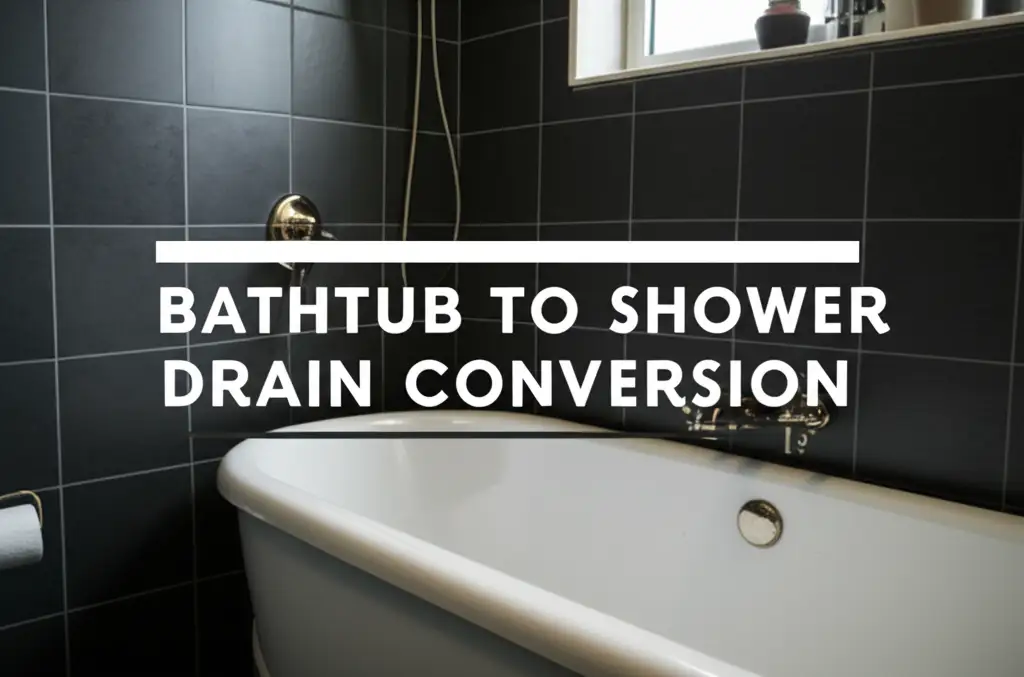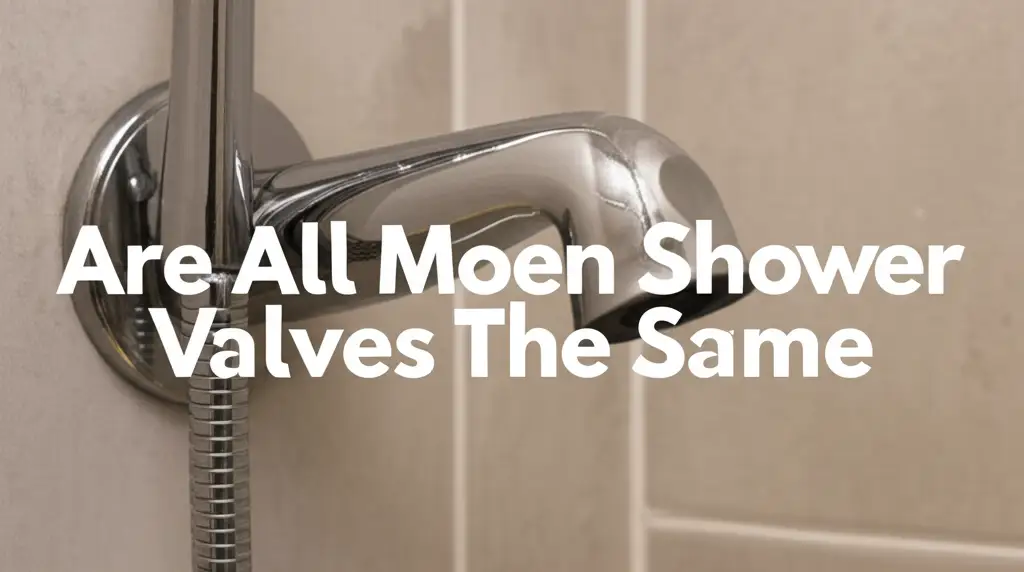· Elira Thomsen · Plumbing & Repairs · 16 min read
Are Shower Valves Universal
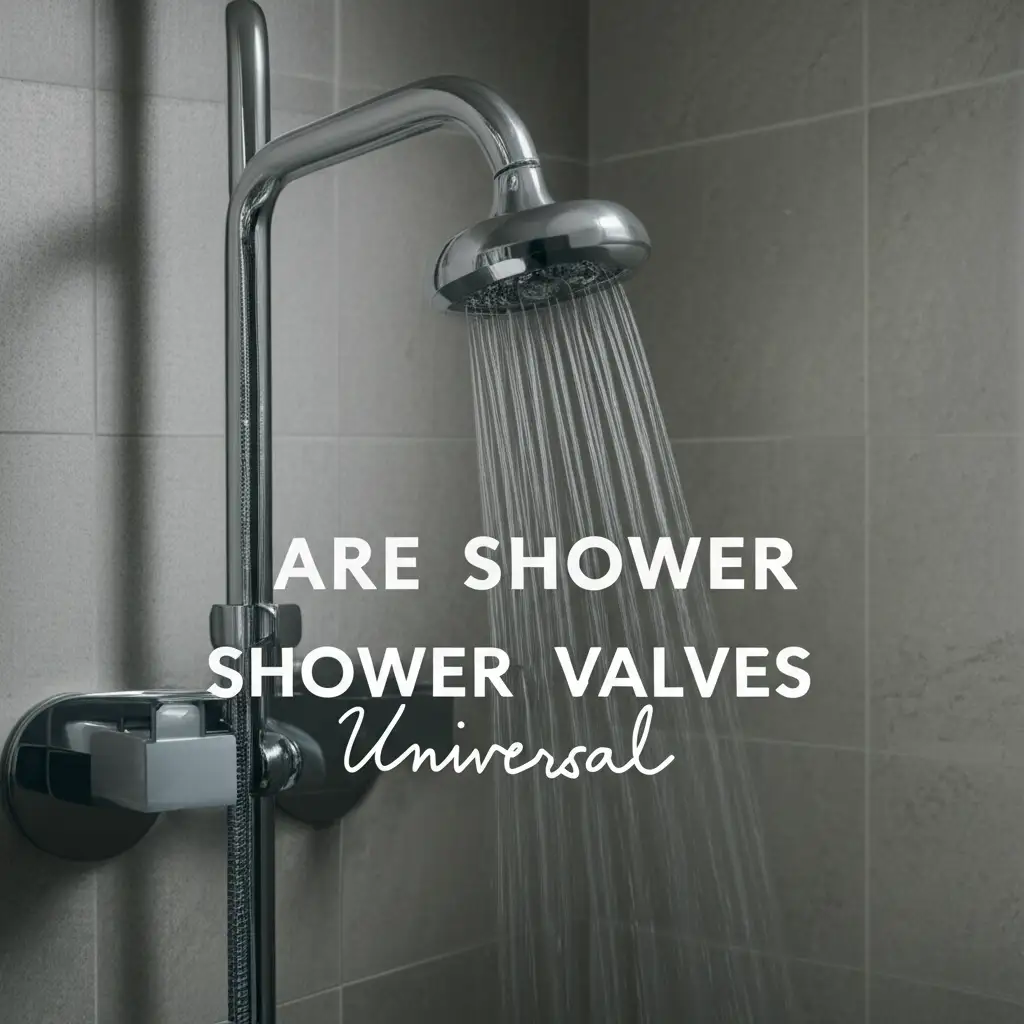
Are Shower Valves Universal for Your Home?
Has your shower seen better days? Perhaps the water temperature keeps swinging, or the water flow is weak. Many homeowners face issues with their shower valves. When these problems arise, a common question pops up: “Are shower valves universal?” It feels like a simple part, but the answer is not a straightforward “yes.” This article explains why shower valves come in many forms. We cover different valve types, brand differences, and plumbing rules. We help you understand valve compatibility. This guide makes valve replacement or upgrade decisions easier. You will learn what to look for before you buy.
Takeaway
- Shower valves are not universal. Different types, brands, and plumbing standards affect compatibility.
- Understand valve types: Pressure-balancing, thermostatic, and mixing valves serve different functions.
- Match brands and rough-in valves: A valve body from one brand usually does not work with trim from another.
- Consider plumbing codes: Local building rules and pipe sizes impact valve choice.
- Seek professional help: Replacing a shower valve can be complex. A plumber ensures correct installation.
Are shower valves universal?
Shower valves are not universal. Many factors make them unique. These factors include their function, brand design, and the way they connect to your home’s plumbing. You cannot simply swap one valve for another without checking these details. Each valve serves a specific purpose in your shower system.
Understanding Shower Valve Basics
A shower valve controls water flow and temperature. It mixes hot and cold water to reach your desired warmth. This valve sits behind your shower wall. You see the handle or knob. The valve itself is the hidden part. It is a vital piece of your shower system. Without it, you would have no control over your shower experience.
The shower valve has several key parts. The main body is called the rough-in valve. This part connects to your water lines. It is fixed within the wall. The rough-in valve does the core work of mixing water. It directs water to the showerhead.
Inside the rough-in valve sits the cartridge. This is a crucial working part. The cartridge manages water flow and temperature balance. It moves to let in more hot or cold water. If your shower has a drip, the cartridge is often the cause. Replacing just the cartridge can fix many problems.
The trim kit is the visible part of the valve. It includes the handle, faceplate, and spout. The trim kit gives your shower its look. It connects to the rough-in valve and cartridge. The trim kit does not directly control water. It provides the interface for you to use the valve. This distinction is important for understanding compatibility. You often need to match the trim kit to the rough-in valve.
Types of Shower Valves: More Than Just On/Off
Shower valves do more than just turn water on and off. Different types offer varying levels of control and safety. Knowing these types helps you understand why compatibility differs. Each valve type has a specific design. This design impacts how it works and what it connects to.
Pressure-Balancing Valves
Pressure-balancing valves keep water temperature steady. They react to sudden changes in water pressure. For example, if someone flushes a toilet, the cold water pressure might drop. This valve quickly reduces the hot water flow. It prevents a sudden blast of hot water. This protects you from scalding. These valves are common in many homes. They offer a good safety feature at a reasonable cost. They are a popular choice for families.
Thermostatic Valves
Thermostatic valves offer precise temperature control. You set a specific temperature, and the valve maintains it. It does this by constantly adjusting the hot and cold water mix. These valves respond to water temperature changes, not just pressure changes. They are highly responsive. They provide a luxurious shower experience. Thermostatic valves often have a separate volume control. This lets you adjust water flow without changing temperature. These valves typically cost more than pressure-balancing types.
Manual Mixing Valves
Manual mixing valves are the simplest type. They have separate controls for hot and cold water. You adjust both to find your desired temperature. These valves do not automatically balance pressure or temperature. A sudden drop in cold water pressure can lead to a hot water surge. They are less common in modern homes. However, you might find them in older homes or simpler shower setups. They offer basic control.
Diverter Valves
Diverter valves direct water flow. They do not control temperature. You find them in showers with multiple outlets. For example, a diverter can send water to a showerhead, a handheld sprayer, or body jets. Some shower valves have a built-in diverter. Others use a separate valve. If you plan to add a second shower head, a diverter valve becomes important. It ensures water goes where you want it. This adds versatility to your shower.
Why Compatibility Matters: Brands and Rough-In Designs
When you choose a shower valve, brand compatibility is a big factor. Most major plumbing brands design their valves differently. A valve body from Moen, for example, will not typically work with a Delta trim kit. This is because each brand uses unique connection points and cartridge designs. You cannot mix and match parts from different manufacturers. This is a common mistake homeowners make.
The rough-in valve is the foundation of your shower system. It is the part installed inside the wall. The rough-in valve receives the hot and cold water lines. It also directs mixed water to the showerhead. Once this rough-in valve is installed, it is usually hidden. Changing it often means opening the wall. This is a larger project.
The trim kit is the visible part. It includes the handle, faceplate, and sometimes a spout. The trim kit attaches to the rough-in valve. It provides the control for the user. Think of the trim kit as the “skin” and the rough-in valve as the “bones.” The skin must fit the bones. You need to buy a trim kit that matches your rough-in valve.
Some brands offer “universal” rough-in valves. These specific valves are designed to work with many trim kits from the same brand. This can give you flexibility for future upgrades. However, this “universal” feature only applies within that single brand’s product line. It does not mean it works with all brands. For instance, a Moen M-Pact valve lets you change Moen trims easily. It will not work with a Kohler trim. Always check brand specifications.
When replacing parts, try to identify your current brand. Look for a logo on the trim or handle. If you cannot find it, take a picture of the existing trim. A plumbing supply store or plumber can help identify it. This step saves you time and money. Buying the wrong part means a wasted trip. For larger valve replacements, understanding the existing setup is key. Just like you might need specific parts to replace water valves for washing machines, shower valves have their own unique requirements.
Plumbing Standards and Building Codes
Plumbing standards and local building codes play a significant role in shower valve selection. These rules ensure safety and efficiency. They are not uniform across all regions. What is allowed in one area might not be in another. Always check your local regulations before installing a new shower valve. Ignoring these codes can lead to problems later. It might cause issues during inspections.
Pipe Sizes and Materials
Shower valves connect to your home’s water pipes. These pipes come in different sizes. Common pipe sizes are 1/2 inch and 3/4 inch. The valve you choose must match your pipe size. Most residential showers use 1/2-inch pipes. Larger homes or custom showers might use 3/4-inch pipes for better flow.
Pipe materials also vary. Common options include copper, PEX, and CPVC. Your shower valve must be compatible with your existing pipe material. Plumbers use specific fittings for each type. For example, a valve designed for copper pipes needs different connectors than one for PEX. Make sure your new valve works with your existing plumbing. This ensures a proper, leak-free connection. Understanding pipe materials is also important when considering other shower components, like knowing the difference between ABS vs PVC shower drains.
Flow Rate and Pressure Requirements
Building codes often set minimum flow rates for showerheads. This ensures adequate water delivery. Your shower valve helps manage this flow. Some valves are designed for specific flow rates. If your water pressure is low, you might need a valve that performs well under those conditions. High-pressure systems also need compatible valves. These ensure water does not spray too hard.
Many modern codes require pressure-balancing or thermostatic valves. These are safety features. They prevent scalding. If your current valve is an old manual mixing type, you might need to upgrade. This ensures your shower meets current safety standards. It protects you and your family from sudden temperature changes.
A professional plumber knows these codes. They can guide you through the choices. They ensure your new shower valve meets all local requirements. This prevents future issues. It gives you peace of mind.
Replacing a Shower Valve: What You Need to Know
Replacing a shower valve is a task that needs careful planning. It is not a simple DIY job for most homeowners. The valve is behind the wall. Accessing it requires opening up the wall material. This could be tile, drywall, or fiberglass. You need to prepare for this work.
Steps for Valve Replacement
- Turn off water: First, turn off the main water supply to your home. You do not want a flood. Also, drain the lines by opening a faucet.
- Access the valve: You will need to cut open the wall around the existing valve. Be careful not to damage pipes.
- Remove old valve: Disconnect the water lines from the old valve. This usually involves cutting pipes.
- Install new valve: Connect the new rough-in valve to the existing hot and cold water lines. Solder copper pipes or use proper fittings for PEX. Ensure the valve is level and secure.
- Test for leaks: Turn the water back on slowly. Check for any leaks around the new connections. Fix any drips immediately.
- Close up the wall: Once you confirm no leaks, you can repair the wall. This might involve replacing drywall or re-tiling.
- Install trim kit: Finally, put on the new handle, faceplate, and spout.
Identifying Your Valve Type
Before buying a new valve, identify your current one. This helps you understand what kind of replacement you need. Look for brand names on the trim. If you cannot find a brand, take photos of the handle and faceplate. You can also try to find the cartridge. Take it to a plumbing supply store. They can often identify the brand and type. Knowing this helps you choose a compatible replacement. Sometimes, you only need to replace the cartridge, not the whole valve. This is a much simpler fix.
When to Call a Professional
Replacing a shower valve is often best left to a professional plumber. They have the right tools and experience. They know local plumbing codes. A professional ensures proper installation. This prevents leaks, water damage, and future problems. They can also advise on the best valve type for your needs. If you are unsure, do not risk it. A plumber’s fee is worth the peace of mind. It avoids costly mistakes. For general household plumbing, like how to clean your tile shower floor, you might do it yourself. But for valve replacement, consider expert help.
Upgrading Your Shower System: Beyond Basic Valves
Upgrading your shower system can greatly improve your daily routine. It is more than just changing a showerhead. It can involve adding new features or improving water control. This often means carefully choosing the right shower valve. Your valve is the central control point. It determines what features your shower can support.
Consider what you want in your upgraded shower. Do you want multiple spray options? Do you dream of precise temperature settings? These desires influence your valve choice. A basic mixing valve cannot handle advanced features. You might need a thermostatic valve or a diverter valve.
Adding a Second Shower Head or Handheld
Many people want more than one water outlet in their shower. This could be a fixed showerhead and a handheld sprayer. Or perhaps you want body jets. To manage these, you need a diverter valve. Some shower valves have a diverter built-in. Others require a separate diverter valve. This separate valve sends water to different outlets. It allows you to switch between them. Adding a second shower head enhances versatility. It creates a more spa-like experience.
Body Sprays and Multiple Outlets
For a truly luxurious shower, you might consider body sprays. These small jets are installed in the wall. They spray water onto your body from different angles. Installing body sprays requires a specialized shower valve. You might need a valve that can manage multiple water paths simultaneously. Or you might need multiple diverters. This setup increases the water demand. Your plumbing system must be able to support it. Make sure your water heater can provide enough hot water.
Digital Shower Controls
Some high-end shower systems feature digital controls. These systems use a digital interface to set temperature and flow. They offer precise control. They can even remember user preferences. Digital showers still rely on a valve behind the wall. This valve connects to the digital controller. These systems are often brand-specific. They require compatible valves and trim. They are a big investment but offer ultimate control. They create a modern, sleek look.
Upgrading your shower valve system involves more than just selecting a new handle. It requires a deep understanding of plumbing. It requires knowledge of valve types. It often means a larger renovation project. Planning is key. Working with a plumber can ensure your upgrade is successful.
Maintaining Your Shower Valve for Longevity
Proper maintenance extends the life of your shower valve. It also ensures your shower works well. Shower valves, like any mechanical part, can wear out. Knowing common issues helps you address them quickly. Regular care prevents bigger problems later on. A well-maintained valve saves you money. It avoids expensive repairs.
Common Issues and Solutions
- Leaking Shower Head: A persistent drip from your showerhead often points to a worn-out cartridge. The rubber seals inside the cartridge can harden or crack. Replacing the cartridge usually fixes this. You can find replacement cartridges for most major brands. Make sure to buy the correct one for your valve model.
- Temperature Swings: If your shower water suddenly turns hot or cold, it is often a sign of a faulty pressure-balancing or thermostatic cartridge. These cartridges regulate water temperature. When they fail, they cannot maintain a consistent mix. Replacing the cartridge is the solution. This restores stable temperatures.
- Low Water Flow: Reduced water flow can also be a valve issue. Debris or mineral buildup can clog the cartridge. This restricts water passage. Sometimes, you can clean the cartridge. Other times, replacement is better. Low flow can also stem from issues elsewhere, such as a clogged shower head or pipe problems.
- Stiff Handle: A handle that is hard to turn might have mineral buildup. Lubricating moving parts can help. If it is still stiff, the cartridge might be seizing up. This means it needs replacement.
Cartridge Replacement
Replacing the cartridge is the most common shower valve repair. It is a simpler job than replacing the entire valve. You need to:
- Turn off the water supply to the shower.
- Remove the handle and faceplate.
- Carefully pull out the old cartridge.
- Insert the new cartridge. Ensure it faces the correct way.
- Reassemble the handle and faceplate.
- Turn the water back on and test.
Always use a cartridge made for your specific valve model. A wrong cartridge will not fit or work properly.
General Shower Cleaning and Maintenance
While focusing on the valve, remember to clean the rest of your shower. Hard water can cause mineral buildup. This affects showerheads and spouts. Regular cleaning prevents these issues. Cleaning your tile shower floor and walls also keeps the bathroom fresh. A clean shower looks better. It also supports the overall health of your plumbing system. Wipe down the valve trim and handle. This prevents grime buildup around the moving parts. This small step helps prevent stickiness.
Periodic checks for leaks or changes in water performance can help. Address small issues before they become big ones. A well-maintained shower valve provides reliable service for years. It avoids unexpected cold showers or drips.
FAQ Section
Can I replace just the shower valve cartridge?
Yes, you can often replace just the shower valve cartridge. The cartridge is the internal part that controls water flow and temperature. If your shower drips or has temperature swings, a new cartridge usually fixes it. You must buy a cartridge made specifically for your valve’s brand and model.
Are old shower valves compatible with new trims?
Generally, old shower valve rough-ins are not compatible with new trim kits from different brands. Even within the same brand, very old rough-ins might not work with the newest trims. Always check the brand and model numbers. Some brands offer “universal” rough-ins that accept many of their newer trims.
What are the signs of a bad shower valve?
Signs of a bad shower valve include constant dripping from the showerhead, sudden changes in water temperature (scalding or freezing), weak water pressure, or a handle that is difficult to turn. These issues often point to a worn-out or faulty cartridge inside the valve.
Do all shower valves have cartridges?
Most modern shower valves, especially single-handle models, use cartridges. Older manual mixing valves or two-handle setups might use compression stems or disc valves instead of cartridges. Cartridges make repairs easier. They are a common component in pressure-balancing and thermostatic valves.
How long does a shower valve last?
A shower valve can last 10 to 20 years or more. Its lifespan depends on water quality, usage, and brand quality. Hard water with high mineral content can shorten its life due to buildup. Regular maintenance, like cartridge replacement when needed, helps extend its service life.
Can I install a shower valve myself?
Installing a shower valve yourself is possible, but it is challenging. It requires plumbing knowledge, special tools, and the ability to work within walls. Incorrect installation can lead to leaks and water damage. For best results, consider hiring a professional plumber.
Conclusion
Understanding shower valve compatibility is crucial for any homeowner. The answer to “Are shower valves universal?” is a clear no. Different types, brands, and plumbing standards mean you cannot simply swap one for another. We have explored pressure-balancing, thermostatic, and mixing valves, each serving a unique role in your shower’s performance and safety. We also covered the importance of matching your rough-in valve with the correct trim kit from the same brand.
Remember to consider local plumbing codes and pipe types when selecting a new valve. Replacing a shower valve is a complex task. It often requires opening walls and precise plumbing work. While cartridge replacement is a simpler fix, a full valve replacement usually benefits from professional plumbing expertise. Upgrading your shower system, whether adding a second shower head or digital controls, depends on choosing the right core valve. Proper maintenance and timely cartridge replacement extend your valve’s life. This ensures consistent water temperature and flow for years to come. Plan your shower projects well. It makes your bathroom more enjoyable.
- shower valve
- plumbing compatibility
- bathroom renovation
- valve replacement
- shower system
- rough-in valve
- thermostatic valve


